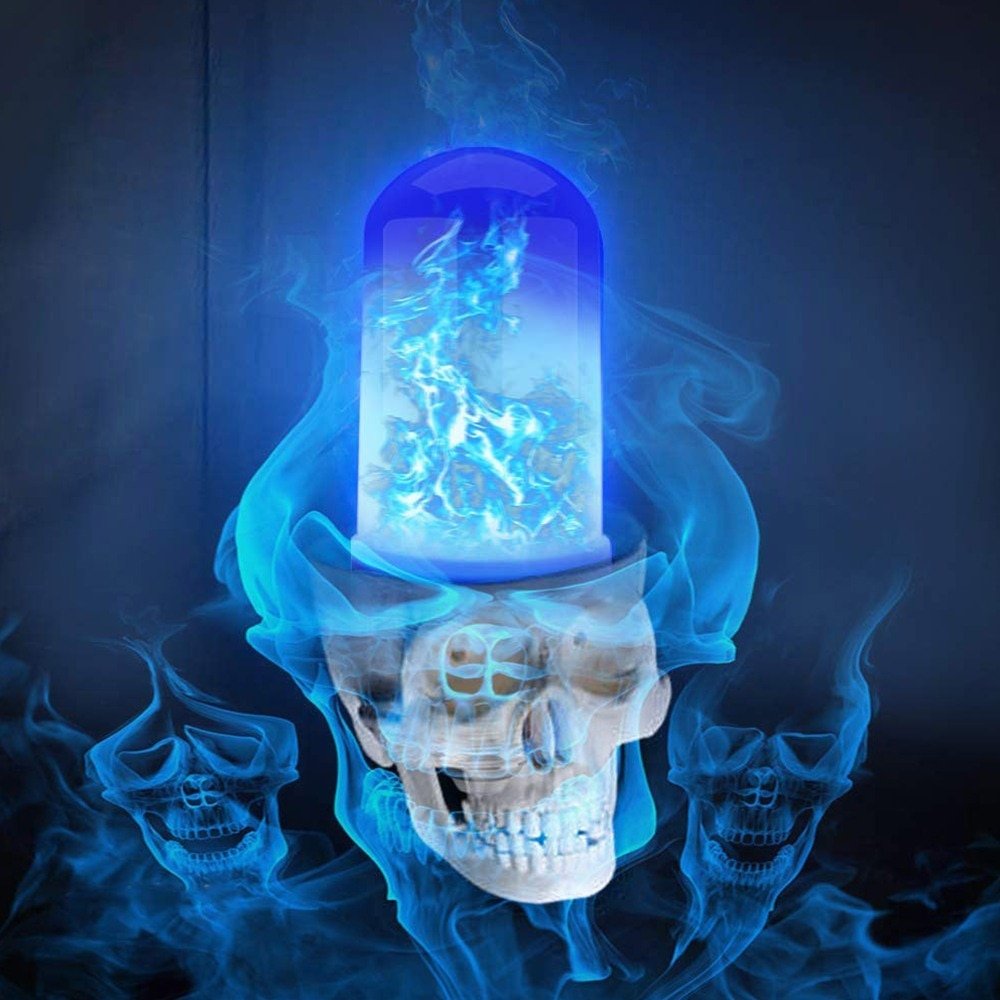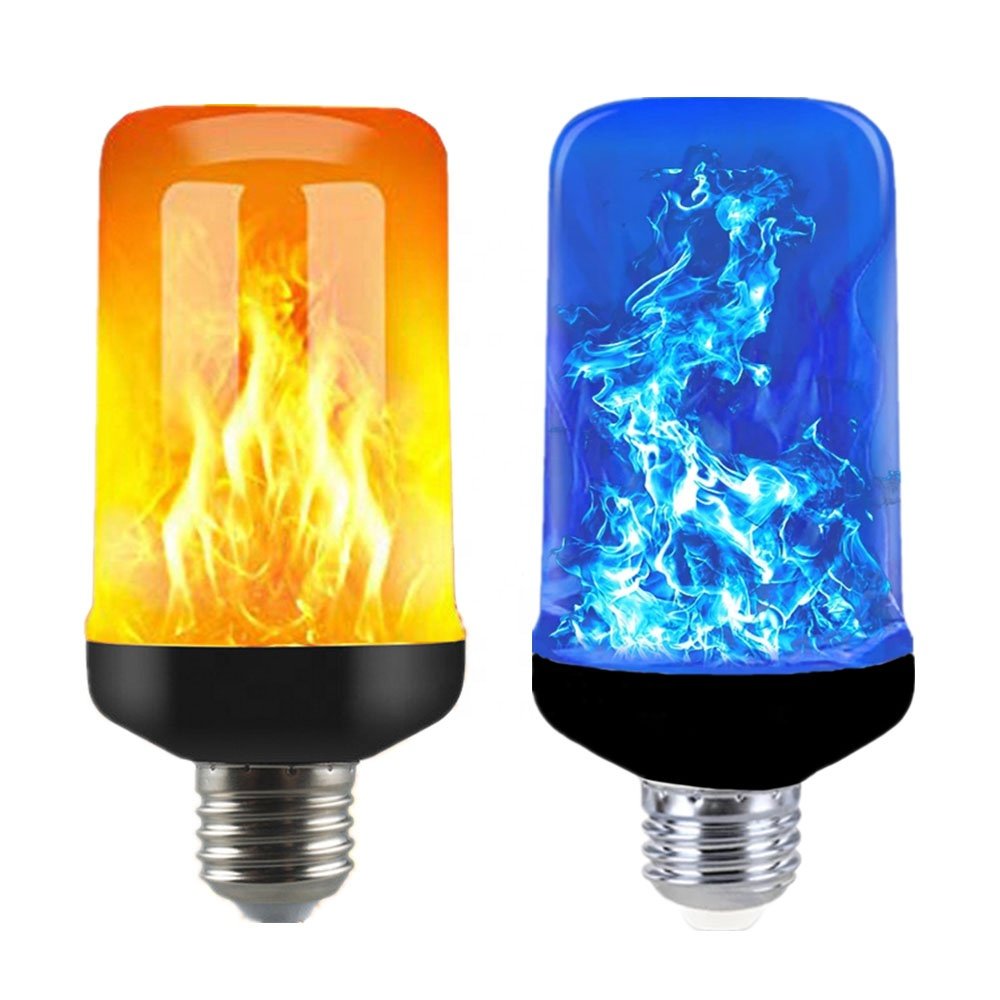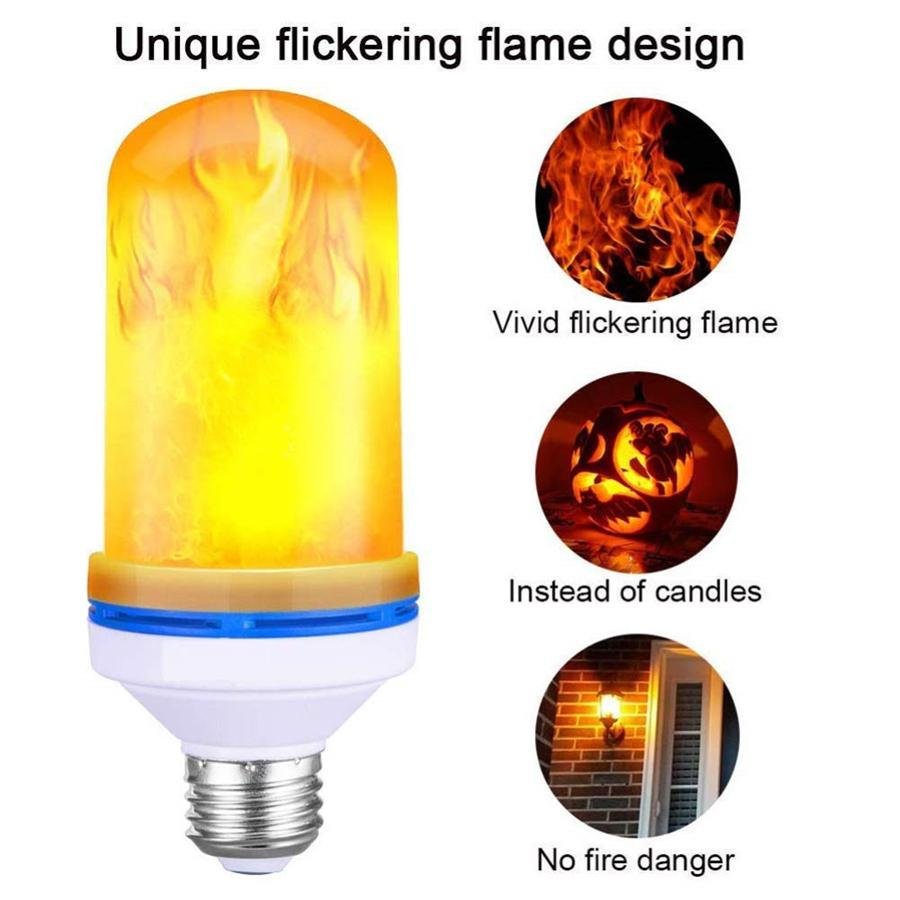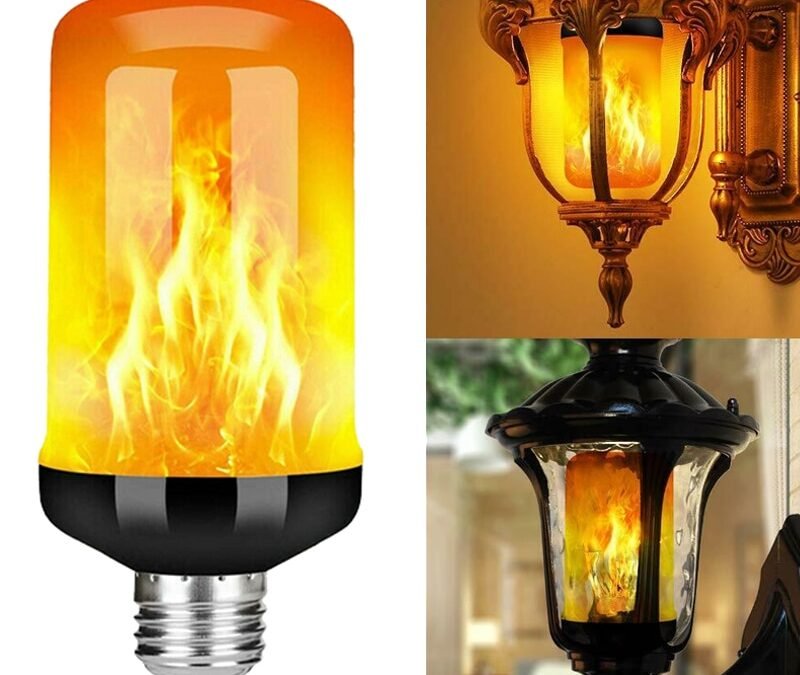The flame light bulb has been around since the 1800s, and it’s making a comeback today as more and more businesses look to cut costs and energy consumption at the same time. But how do you make sure you’re getting the most out of your flame light bulb? We’ve compiled the below guide to help with this question.
Flame Light Bulbs

Flame Light Bulbs have been around for a while. You may be asking yourself what are Flame Light Bulbs? Well, they are special bulbs that produce a natural flame effect, giving off a soft orange glow similar to a fire. If you’re looking for an alternative to your standard fluorescent or incandescent lighting, then Flame Light Bulbs might be right for you. Here are some quick facts about them -They can give off great mood lighting with little-to-no impact on electricity bills. -Are energy-efficient and last twice as long as standard bulbs!
Flame Light Bulbs Are Here To Stay

Like it or not, flame light bulbs are here to stay. And if you’re having trouble deciding whether or not you like them, I can tell you right now that it’s time for you to give in and accept that these energy-efficient alternatives to incandescent light bulbs aren’t going anywhere. If anything, they are only growing in popularity. One of my favorite things about them is how quickly they heat up; I’m talking 10 seconds flat! As someone who frequently uses candles (particularly during romantic dinners), I prefer using candlelight over flammable liquid-based lighting any day—it just feels safer.
How To Identify Good Flame Light Bulbs

There are many different types of lights that can be used for decoration. Candlelight, sunlight, electric lamps, and gas lights are some popular types but do you know which one is best? The answer is that they all have their advantages and disadvantages so it is important to know how each works. A classic look: If your major aim is creating an ambiance at home that looks classic, then there is no better option than using electric lamps.
Do They Look Like A Real Flame?

Manufacturers put a coating over a normal light bulb that makes it look like a flame. If you’re wanting a real flame, these aren’t going to cut it. They simply mimic a flame-like shape and, unlike real flames, never flicker or change color. Many people, when they first see a flame light bulb, ask whether it really looks like a flame. When you walk into your living room and flick on that switch, do you really expect to see flames? No, but wouldn’t it be cool if it did? Fortunately for many of us, there are now actual flame light bulbs available! These are decorative lights designed to resemble candle flames—without actually having to deal with any of those pesky real-flame downsides. If you want an actual flame candle, stick with one of those.
Best Flame Light Bulbs for Ambiance

The ambiance is a major part of what makes a space comfortable. At home, at work, or in an open-concept office, you want a setting that’s conducive to productivity and relaxation. There are so many ways to set up a space with ambiance: Play soft music, use a scented candle, create a small water feature—but when it comes down to it, nothing beats having lighting that makes your room feel like home.
Tips For Increasing Flame Light Bulb Efficiency
Want to make sure you’re getting maximum value from each flame light bulb in your home? Here are a few tips for increasing its efficiency. First, you should be aware that their running time is not fixed. Flame Light Bulbs can run longer or shorter depending on how hot they are when they startup. It’s important, then, to keep them clean. Before you turn on a new lightbulb, wipe it down with a cloth. Doing so will prevent any moisture buildup inside of it, ensuring maximum possible life.
How do flame light bulbs work?
Flame bulbs aren’t like other types of lights; in fact, they function quite differently. The flame bulb, also known as a gaslight, features a filament inside. When electricity passes through it, it heats up and creates a small glowing orange ring at its base. It’s similar to how a regular incandescent or halogen light works: Electricity flows through a wire and causes it to heat up, which then causes molecules in the wire itself (in an electric lamp) or vaporized material (in an oil lamp) to give off light. Since there is no gas in a conventional oil lamp—instead you have oxygen plus fuel such as kerosene or natural gas—this type of lighting can cause fires and explosions if used incorrectly.



Recent Comments